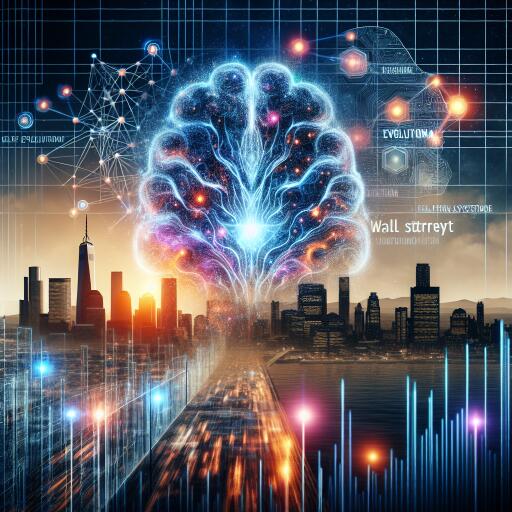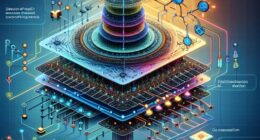AI’s New Frontier: The Rise of Self-Evolving Systems – Wall Street Pit
The technological landscape is on the brink of a revolutionary transformation. The tools required to develop open-ended, self-improving artificial intelligence (AI) systems are now within our grasp, largely thanks to foundation models that are trained on vast amounts of internet data.
Tim Rocktäschel from Google DeepMind recently emphasized a pivotal moment in AI development. The advent of foundation models—capable of processing and learning from extensive internet data—has equipped us with the means to create AI systems that continuously improve themselves. These powerful models understand what piques human interest and are adept at generating numerous data variations from minimal input.
Rocktäschel draws attention to groundbreaking models detailed in the ‘OMNI’ and ‘OMNI-EPIC’ papers. These models showcase an AI’s ability to sift through immense datasets to isolate and prioritize information that captures human curiosity. This selective focus streamlines the AI’s exploration phase, making the search for innovation notably more efficient.
However, data generation and selection are just the beginning. An essential third component involves linking these AI-driven explorations back to empirical evidence in the real world. This ensures that the ideas or variations spawned by AI are not only theoretically innovative but also practically viable. This bridge between the abstract and the tangible heralds a new era in technological evolution, where AI systems can propose novel ideas, test and refine them, and autonomously evolve their capabilities.
The concept of self-improvement through a cycle of generation, selection, and empirical validation promises an unprecedented future where AI might spearhead its own development. Such AI systems could conduct experiments autonomously, learn from these endeavors, and enhance their abilities without human input, potentially leading to breakthroughs at a record-setting pace.
Yet, the prospect of self-evolving AI systems presents a spectrum of ethical, safety, and control challenges. A critical question emerges: How can we ensure these AI systems remain aligned with human values and priorities? What frameworks or controls should we implement to steer or limit their evolution? These queries spotlight the urgent need for robust guidelines as we navigate this innovative frontier in AI development.
The repercussions of self-improving AI systems are extensive, influencing sectors from healthcare to environmental conservation, where AI could not only propose solutions but also adapt and enhance these solutions as new data emerges and environments shift.
As we stand at this promising threshold, the merging of human creativity with AI’s incredible potential for variation and selection might serve as the catalyst for the next technological leap. This fusion could redefine technological progress, opening new possibilities and pathways that were previously unimaginable.









